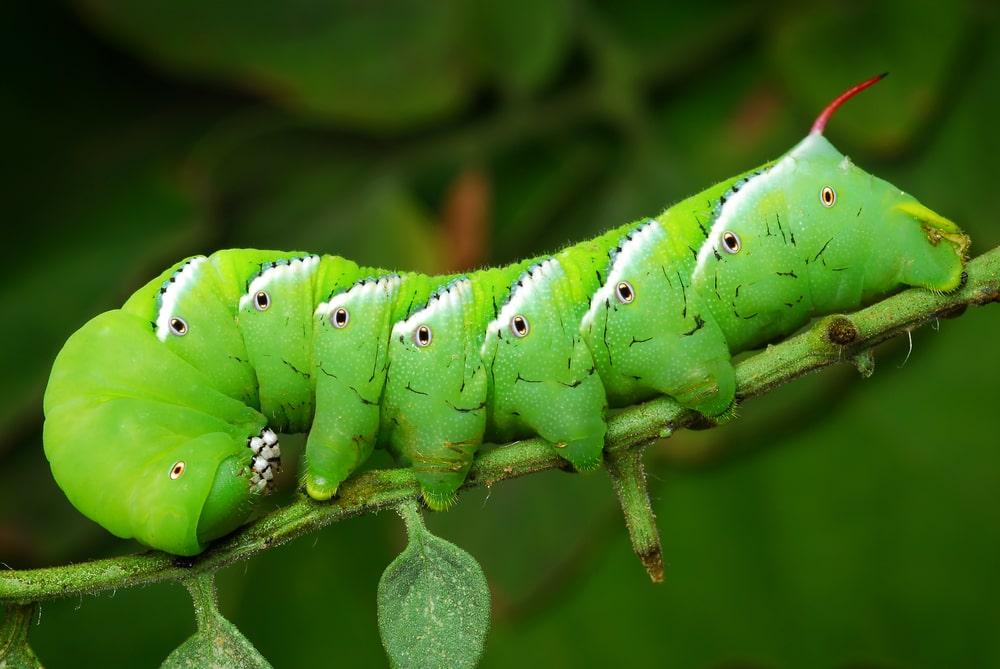It’s about that time, so I’m reposting a previous blog on common veggie garden insect pests….
WHAT’S BUGGING YOU?
Or—who’s been eating my veggies besides me?
When I’m out admiring my garden and keeping my eye out for problems, I also look for things like holes in the leaves or chewing damage on the outer edges. I look for little “patches” of eggs on the bottoms of leaves. And I check the newest growth for distorted leaves, which could be a sign of aphid damage.
As much as we love our home-grown veggies, insects love them even more. As always, the best defense is following good garden practices.
Some of the more common veggie pests are:
STINKBUGS
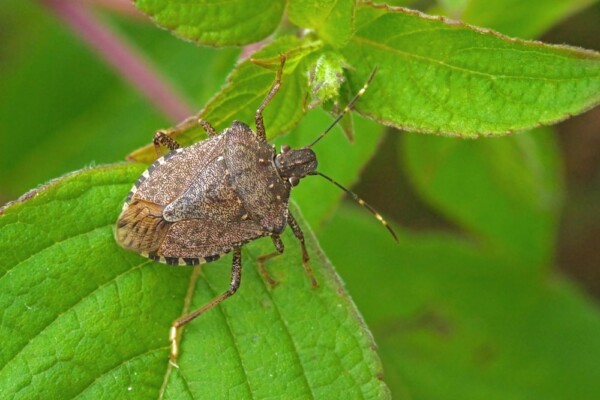
They resemble squash bugs. Stink bugs tend to prefer tomatoes so if they’re on squash plants, they’re probably squash bugs. Pyrethrins are fairly effective against stink bugs, apply them in the early morning or late evening. Keep your garden free of debris.
SQUASH BUGS
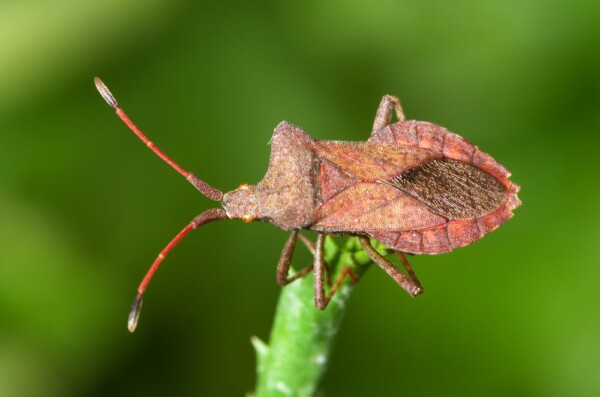
They are light to dark gray and shaped something like a stink bug. The best defense, again, is to keep gardens free of debris. You can trap by laying out boards or newspapers during the day. Squash bugs will congregate underneath and you can destroy them.
If you do use pest controls, be sure to apply them in the early morning or evening to avoid killing bees. Check leaves often for reddish brown eggs (laid in clusters of 10 to 15) and destroy them—easily done by picking them off with the sticky side of duct tape. Tansy, borage, radishes, and nasturtiums may repel them.
CUCUMBER BEETLES
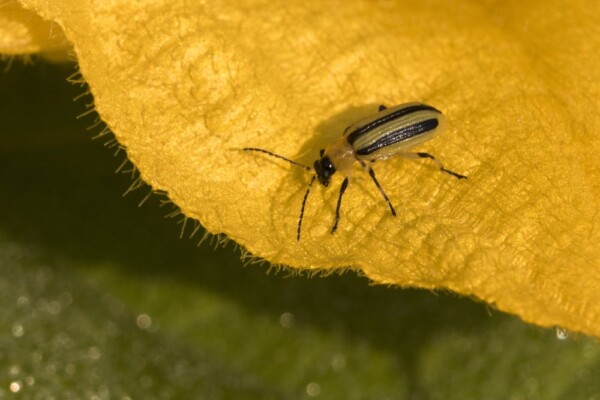
These beetles are yellowish-green with dark stripes. They spread disease so keep them under control. Inspect plants often. If you had beetles last year, then plant cucumbers later this year so that your neighbor’s earlier crop will get them instead of yours. They hatch hungry, mid to end May. If you plant later, you can miss them altogether.
SQUASH VINE BORER
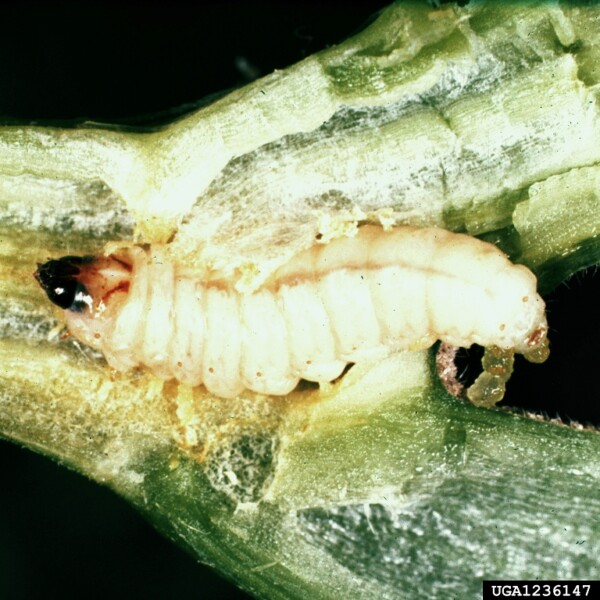
These are caterpillars that bore into the stem. The stems begin wilting at the tips and it will eventually kill the entire stem. Spray stems with Dipel or insecticidal soap weekly or wrap stems in foil or strips of muslin or pantyhose. Cover stems with soil at various points along their length to induce rooting. If the borer does get in the crown end stem, and the middle of the stem has roots, the ends will continue to grow.
TOMATO HORNWORM
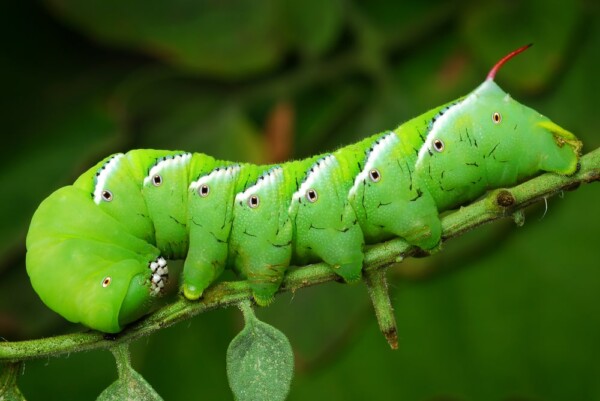
3 to 4” long green caterpillars that feed voraciously on tomato family members. The best control is to hand-pick. If they have little white eggs on the back, leave those as they are hosting the eggs to parasitic wasps. Be careful, though, as hornworms can sting. On the other hand, look up what a tomato hornworm turns into—a hawkmoth that looks a lot like a gray hummingbird and it’s a pollinator.
Now I grow one extra tomato every year and if a hornworm shows up on my tomato plant, I simply move him to “his” tomato plant. Can’t bring myself to kill something that grows up to be a pollinator!
CABBAGE WORMS/CABBAGE LOOPERS
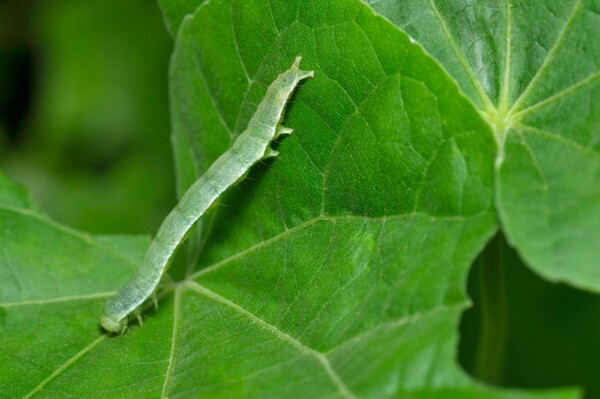
Loopers are little green inch-worms that prefer cabbage family members (broccoli, cauliflower, cabbage, kale, etc.) Loopers are easily picked off. Destroy eggs when you find them. Oregano and mint are said to repel them.
MEXICAN BEAN BEETLES
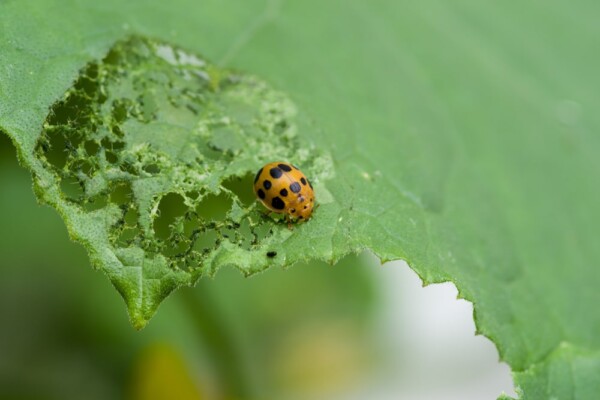
They look like yellow/brown ladybugs and the larva are yellow and spiny. Look for yellow eggs on the undersides of leaves laid in clusters of 30-40. While they do prefer beans, they will occasionally be found on peas, squash, or tomatoes. Handpick adults and remove egg clusters. If necessary, insecticidal soap or neem oil may be used—particularly on the undersides of leaves. Bush beans are less likely to get them.
APHIDS
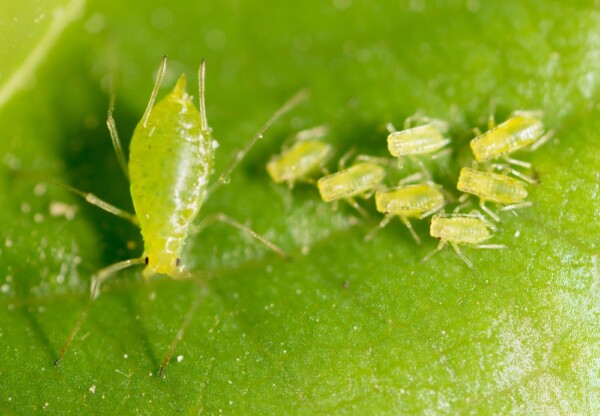
These little oval insects come in several colors and congregate on new growth and flower buds. They are a problem because they are so plentiful—and because they can transmit plant diseases. Aphids can give birth to live young—and without mating. One aphid can produce 600 billion descendants in one season! And they are actually born pregnant!!! However, they are easily washed off or treated with a mild organic pesticide. Garlic, onions, basil, and marigolds can repel them (remember not to plant onion family members near beans or peas).
Expert Advice Awaits You at the Great Big Greenhouse
There are many other insects out here just waiting for a chance to pounce on our crops. Be diligent and be sure you get there first!

